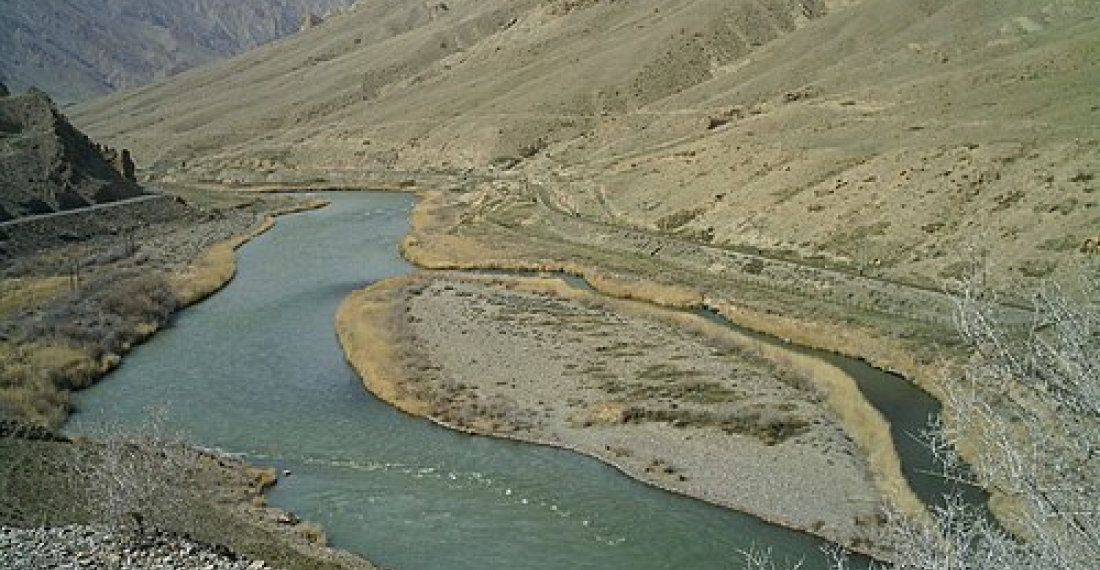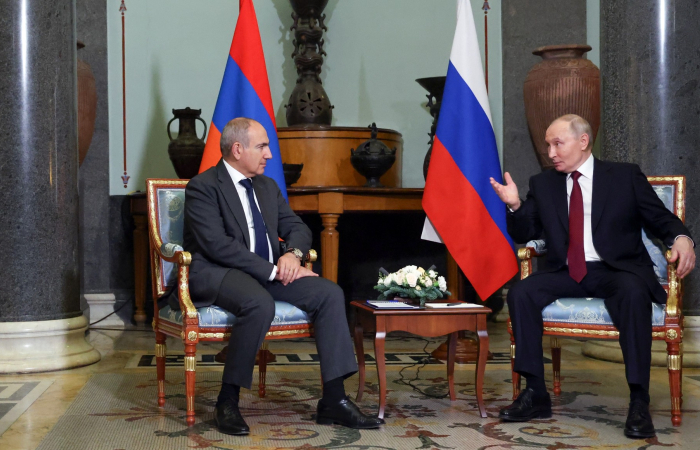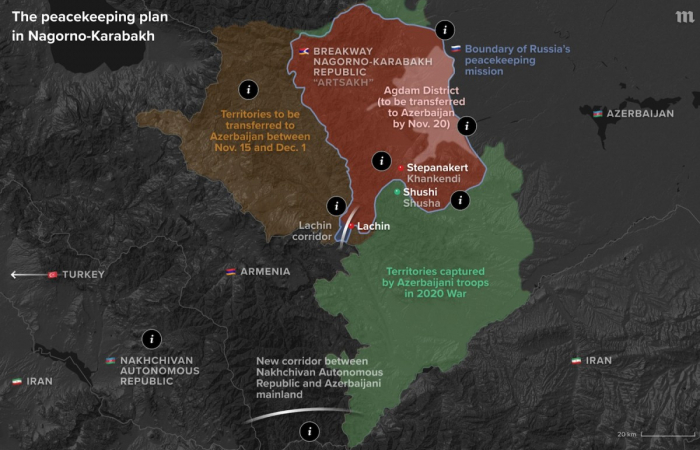Uncertainty has again emerged along the Armenia-Iran border as the risk of the long-standing conflict between Armenia and Azerbaijan turning into further geopolitical competition continues. What was once a post-war localised disagreement over territory and sovereignty is now entangled in a web of regional interests and strategic manoeuvring. Increasingly, peace risks being shaped less by the needs of local populations but more by the calculations of distant capitals. External interference has rather delayed progress almost five years since the 2020 war. If peace is the objective, then the region needs inclusive not selective diplomacy and definitely not new geopolitical fault lines.
Following a massive Israeli bombing campaign, last month’s U.S. airstrikes on nuclear facilities in Iran were a stark reminder that the South Caucasus is never far from escalation. For Armenia, this should be cause for concern, not because of the ethnic Azerbaijani population living across the border in northern Iran, but due to its semi-isolation in the region. While Georgia remains its main route to the outside world, Iran is the only other. Despite religious differences, relations between mainly Christian Armenia and majority Shia Iran have been amicable. That matters, especially as some diaspora activists now use divisive religious narratives in an endless propaganda war with their Azerbaijani counterparts.
Recent data from the International Republican Institute (IRI) presents a different reality, however. In a June survey released this month, respondents in Armenia identified Iran as their country’s main political and security partner. France ranked second with Russia in third place albeit with a significant proportion of responses also identifying Moscow as a threat. The European Union and China were ranked almost together further down the list though India ranked higher. That is not surprising given growing trade, including arms deals, routed through Iran.
The reported U.S. proposal to lease Armenia’s southern border only adds fuel to an already unpredictable situation. Former U.S. diplomat and OSCE Minsk Group co-chair Matthew Bryza maintains that this is more commercial than geopolitical, characteristic of Trump’s transactional business-orientated tendency but others remain skeptical. Iran has made its opposition clear, again warning against any change in the geopolitical situation on its border with Armenia. Currently the 43-kilometre route, directly adjacent to the Arax river, is still patrolled by Russian FSB border guards where they have been present since 1992. Only this year were they were removed from the actual checkpoint.
It should be remembered that the November 2020 trilateral ceasefire statement ending the last war, envisaged FSB oversight likely because Moscow brokered the agreement and because its border guards were already stationed there. At some point they will leave, as they should if Armenia is to be truly independent, but replacing them with what is hoped to be an American security guarantor strikes many as a risky business with little by the way of actual guarantees.
While a senior parliamentary deputy in Pashinyan’s ruling Civil Contract party has since said that Yerevan has rejected the apparent U.S. idea, those originally promoting it have also softened their tone, now calling it merely a “concept.” In Yerevan, most observers were skeptical from the outset. Meanwhile, the opposition sees it as yet another sign that Pashinyan has already made concessions over what Azerbaijan and Turkiye refer to as the Zangezur Corridor. It is now also viewed by the West as a further route connecting Europe to Central Asia through Armenia, bypassing Georgia and sidelining both Russia and possibly Iran and China too. This includes the European Union though like Yerevan they could also be eying potential routes in the north including the old Gyumri-Kars railway necessitating opening the Armenia-Turkiye border.
Fuelling security concerns was a questionable report in a little-known Spanish publication alleging U.S. intentions to use Armenia’s southern border zone for military and intelligence operations against Iran. The Armenian government dismissed the report outright. Some local outlets traced the article’s origins to suspected Russian disinformation networks. Regardless of its source, the story underscored the extent to which regional instability can be inflamed by even the most questionable attempt at misinformation, rumour, and manipulation.
None of this helps build trust between Armenia and Azerbaijan. If anything, it complicates a still precarious negotiation process. The lack of clarity surrounding the alleged U.S. plan, whether it ever existed in a concrete form anyway, only highlights the vulnerability of the situation. It is difficult enough without the added complication of mixed signals and little transparency. It is in this environment that malign foreign information campaigns are most effective.
Interestingly, Prime Minister Nikol Pashinyan has advocated for an inclusive approach in the past. Writing in Haykakan Zhamanak in 2001, Pashinyan argued that such a transit route in the south would be in Armenia’s interest as long as it served all regional and global actors and if it remained under Armenian control. That logic, however, has become politically sensitive since the further invasion of Ukraine by Russia in 2022. Since 2023, the trilateral Armenia-Azerbaijan-Russia working group on unblocking regional transportation has also stalled.
Still, there may be room for progress. At the recent Abu Dhabi summit between the leaders of Armenia and Azerbaijan, the sides stated they would form new bilateral commissions. Perhaps this is where they can begin – with honest, direct engagement on infrastructure, sovereignty, and security without the imposition of outside agendas. Regional consultation will also be necessary, not just for today but especially for the future.
At this point, what the region needs most is not another geopolitical gamble, even if international financing might be crucial, but clarity, trust, and consensus.






